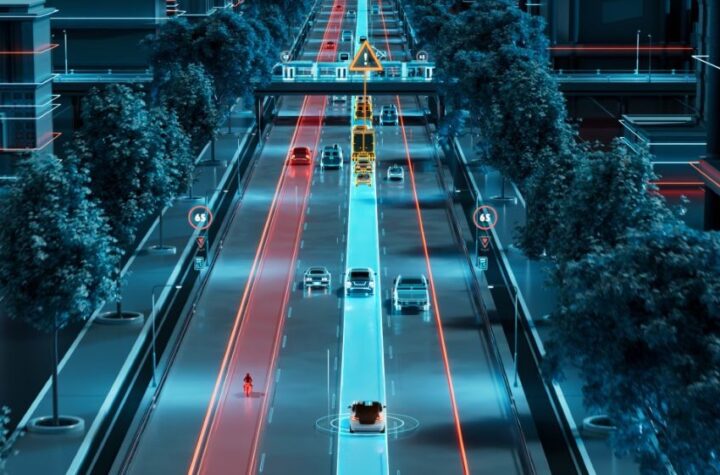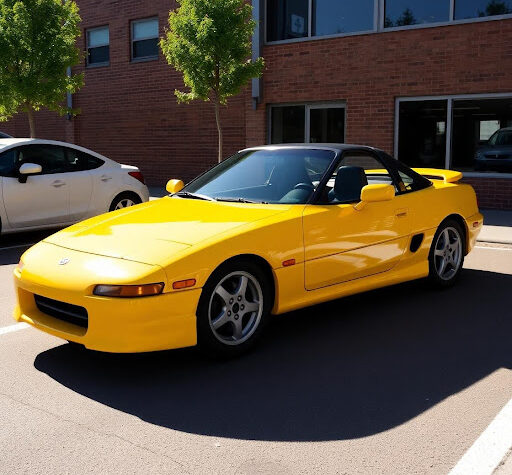
Ford is powering its electrification drive with a multi-pronged approach to boost the use of electric vehicles or EVs in the United States. Early in 2011, the auto giant announced that – apart from launching its all-new Focus Electric and the C-MAX Energi plug-in hybrid in 2012 – it was also working with cities and utility partners to make using EVs commercially viable.
Some of the key factors Ford has identified in working with cities and utility partners include encouraging off-peak or nighttime EV charging; streamlined permitting and inspection processes to support customer and commercial EV infrastructure installation; integrated advisory committees that include participation from electric utilities, vehicle manufacturers and dealers, municipalities, EV customers and local coalitions; and urban planning that optimizes public/commercial EV charge locations and infrastructure incentives to offset a portion of customer costs for hardware/installation.
Ford’s aggressive strategy includes the launch of five electrified vehicles in North America by 2012 and Europe by 2013. Ford launched the Transit Connect Electric small commercial van in 2010, announced the Focus Electric in 2011, and will introduce C-MAX Hybrid, a second next-generation lithium-ion battery hybrid and C-MAX Energi plug-in hybrid in 2012.
Automotive Industries (AI) asked Nancy Gioia, Director of Global Electrification, Ford Motor Company, to tell us more about the role Ford’s Michigan plants will play in the company’s global electrification plan.
Gioia: Michigan is our center of excellence for electrification, encompassing many of our electrified design, development and manufacturing capabilities. Ford’s core research and product engineering for our electrified vehicles is located in Dearborn. Starting in 2012, Van Dyke, Michigan, is the home of our first Ford designed hybrid and plug-in hybrid transaxle, and Rawsonville, Michigan, is the site of our new Lithium-ion battery system plant producing battery systems for our hybrids and plug-in hybrids. Our renovated Michigan Assembly Plant in Wayne is where we produce not only our all new Focus, but where Focus Electric was launched, as well as the CMAX hybrid and CMAX Energi plug-in hybrid in 2012. In addition, we have worked with the University of Detroit Mercy, Wayne State University and University of Michigan on development of electrification curriculum – all to help attract and retain top technical and manufacturing talent for the industry. As you can see, Michigan plays a pivotal role to our electrification growth plans now and in the future.
AI: How important is partnering with local governments and utilities when trying to promote EVs? And will you follow a similar partnership model in other countries?
Gioia: Collaborating with all stakeholders to ensure awareness, education, and processes are in place to enable the adoption of electrified vehicles is essential. We have had great success with our hybrids in developing the right support and training to ensure our dealership, sales and service along with others – like emergency responders – have the right information and education to meet our customers’ needs. As we launch our plug-in vehicles, including Focus Electric or CMAX Energi plug-in hybrid, we are taking the same comprehensive partnership approach. This includes working with communities and municipalities, utility companies, charge station providers, etc. to ensure our customers will have the best solutions possible. Partnerships with Utilities to study the impact of electrified vehicles in their service areas or with companies like Leviton and Best Buy for a seamless charger installation are just a couple of examples. As we globally roll-out our electrified portfolio, a key part of our strategy and plans is to ensure we have the right partnerships in place locally to support our customers’ needs.
AI: Has Ford’s electrification program met with the expected response?
Gioia: Yes. We are extremely pleased with our customers’ response to our products – like our award winning Fusion, Lincoln MKZ and Escape hybrids. Transit Connect Electric, a full battery electric vehicle, launched late 2010 in the US and earlier in 2011 in Europe, in combination with our partner Azure Dynamics, is also doing very well in the small commercial vehicle segment. We have opened our order book on the Focus Electric, and are blown away by the positive responses from customers. We are focused on providing the choice of technology our customers need – hybrid, plug-in hybrid or full battery electric vehicle. Our strategy is to electrify our highest volume platforms (example C-size platform that Focus, CMAX, Transit Connect are derived from), build them down flexible manufacturing lines, providing the power of choice to our customers while giving them the great performance, functionality and qualtiy they expect.
AI: Please tell us a little about the importance of Ford’s designing its own batteries – you see it as the key to the success of EVs.
Gioia: By 2020 we expect 10 – 25% of our global fleet to be electrified – that’s a hybrid, plug-in hybrid or battery electric vehicle. We expect hybrids to be the majority of this volume. The battery system is a high technology, high cost component directly impacting our new platform designs and fuel economy. It just made sense that as our plans expand that we developed the internal capability to design, develop and manufacture this critical component going forward.
AI: Tell us about the design of your hybrids which are expected to hit the market in 2012 – what makes them innovative?
Gioia: Our next generation 2012 hybrids build on our award winning power-split architecture and technology. We will be reducing the cost of the hybrid components by about 30% from our 2009 Fusion hybrid, increasing their fuel efficiency, top electric speed and overall refinement. I can’t give away all of the secrets, but the expertise of the Ford scientists and engineers will continue to raise the bar.
AI: How does Ford plan to push its electrification drive across the globe – is China your next big market for EVs?
Gioia: Our strategy is focused on electrifying our highest volume global platforms, applying flexible manufacturing which enables us to quickly deploy the right technology to each region around the world. China, the world’s largest auto market, is indeed a great market and one we are evaluating. 70% of the new car buyers in China are first time buyers and their needs, driving patterns, attitudes and values and ability to afford electrified vehicles are all factors we are considering. I would expect to see electrification as part of China’s market – just as it will be a part of the future global automotive market for all regions around the world.




More Stories
TomTom’s Orbis Maps with 3D Lane geometry set new standards for mapping precision
Accelerating The Development of Hydrogen Vehicles & Infrastructure – Europe’s Biggest Players Meeting at Premier Event
Automotive IQ Announces the 15th Annual Automotive Functional Safety Week 2025